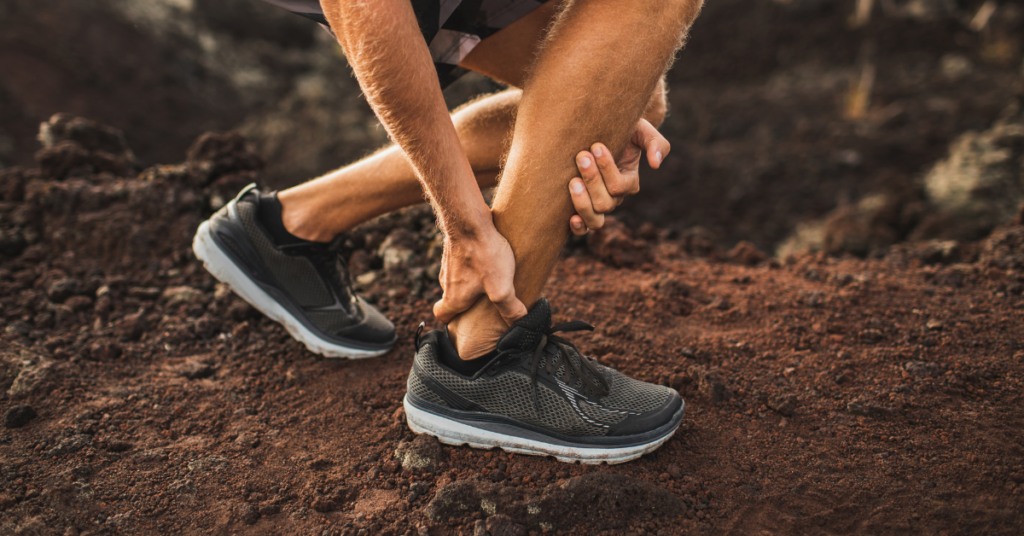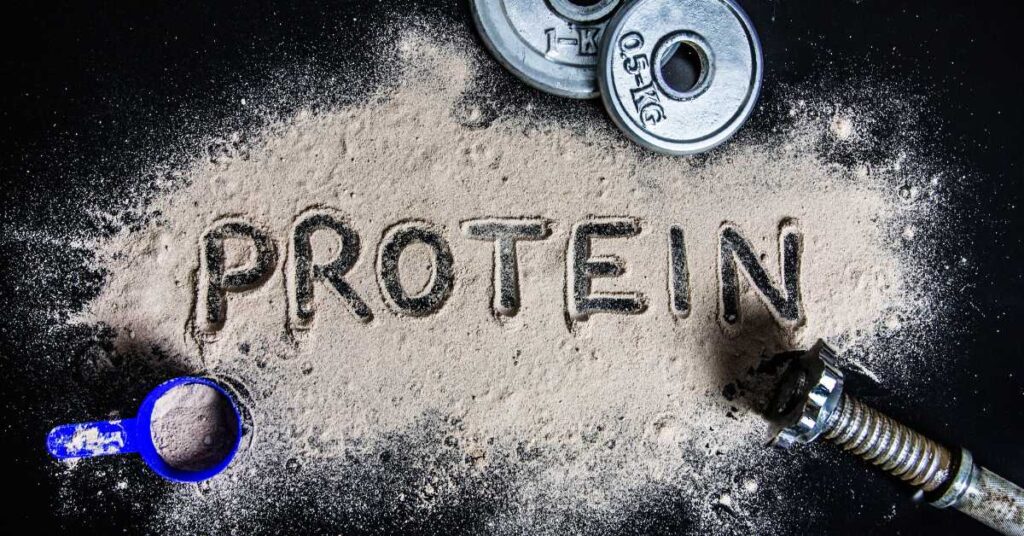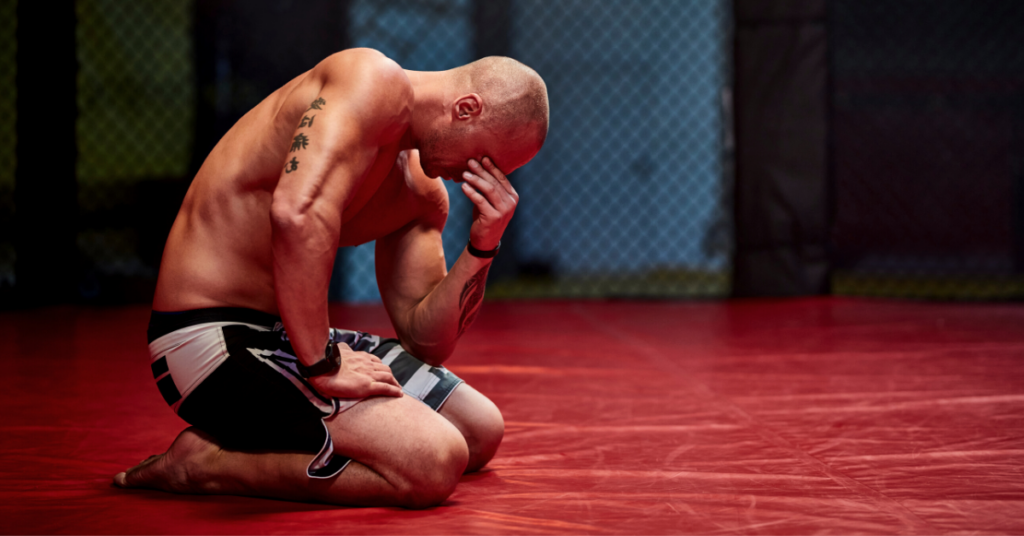Introduction
As an athlete, it’s important to be prepared for the possibility of injuries during training or competition. Understanding injury management and first aid techniques can help you respond effectively and promote recovery.
In this article, we will explore common sports injuries, immediate response strategies, the RICE method for acute injuries, first aid techniques, when to seek professional medical help, rehabilitation, and injury prevention strategies.
Common Sports Injuries
Sports injuries can range from minor sprains and strains to more severe fractures and dislocations. Some common sports injuries include:
- Sprained Ankle: Caused by twisting or rolling the ankle, leading to ligament damage.
- Strained Muscles: Occur when muscles or tendons are overstretched or torn.
- Knee Injuries: Including ACL and meniscus tears, commonly seen in sports with sudden stops and changes in direction.
- Shin Splints: Pain along the shin bone caused by overuse or improper technique.
- Tennis/Golfer’s Elbow: Overuse injuries affecting the tendons of the forearm.
- Shoulder Injuries: Such as dislocations, rotator cuff tears, and shoulder impingements.
- Fractures: Broken bones due to impact or excessive force.
- Concussions: Brain injuries resulting from a blow to the head.
Immediate Response to Injuries
In the event of an injury, it’s crucial to respond promptly and effectively. Follow these steps:
- Stay Calm: Keeping a clear mind helps you assess the situation and provide appropriate care.
- Assess the Severity: Determine the severity of the injury, considering factors such as pain levels, swelling, deformity, and functional limitations.
- Stop the Activity: If the injury occurs during physical activity, cease the activity immediately to prevent further damage.
- Protect the Injured Area: Immobilize the injured area, if necessary, to prevent further harm or aggravation.
- Seek Medical Help: Based on the severity of the injury, determine whether professional medical attention is required.
RICE Method for Acute Injuries
The RICE method is an effective approach for managing acute injuries. It stands for Rest, Ice, Compression, and Elevation.
- Rest: Immediately stop using the injured area to prevent further damage and allow the body to begin the healing process.
- Ice: Apply ice to the injured area for 15-20 minutes every 2-3 hours to reduce swelling and pain. Use a towel or cloth to protect the skin from direct contact with the ice.
- Compression: Use a compression bandage to reduce swelling and provide support. Wrap the bandage firmly but not too tightly.
- Elevation: Elevate the injured area above the heart level to help reduce swelling and promote fluid drainage.
Common First Aid Techniques
In addition to the RICE method, knowing basic first aid techniques can be invaluable in managing sports injuries. Some common techniques include:
- Treating Cuts, Bruises, and Blisters: Clean the wound with mild soap and water, apply an antiseptic ointment, and cover with a sterile bandage.
- Applying Bandages and Splints: Use adhesive bandages for small cuts and gauze and tape for larger wounds. For fractures or dislocations, use a splint to immobilize the injured area before seeking medical help.
- Managing Dislocations and Fractures: Do not attempt to relocate a dislocated joint yourself. Keep the injured area still and seek immediate medical attention. In the case of fractures, immobilize the injured limb using a splint and seek medical help.
Seeking Professional Medical Help
While many minor injuries can be managed with basic first aid techniques, certain situations require professional medical attention. These include:
- Severe Pain or Swelling: Intense pain or swelling that doesn’t subside with rest, ice, compression, and elevation may indicate a more serious injury.
- Visible Deformity or Instability: If the injured area appears visibly deformed or feels unstable, it’s important to seek medical help.
- Inability to Bear Weight or Move: If you can’t put weight on the injured limb or have difficulty moving a joint, it may signify a severe injury that requires immediate attention.
- Persistent Symptoms: If symptoms persist or worsen over time, it’s advisable to consult a healthcare professional.
Rehabilitation and Return to Play
Rehabilitation plays a crucial role in the recovery process after an injury. It involves a systematic approach to restoring strength, flexibility, and function to the injured area. A qualified healthcare professional, such as a physical therapist, can design a personalized rehabilitation program based on the specific injury and individual needs. The return to play should be gradual, monitored, and guided by a healthcare professional to ensure the athlete is fully recovered and ready to resume activity safely.
Injury Prevention Strategies
Prevention is key when it comes to sports injuries. Incorporate these strategies into your training routine:
- Warm-Up and Stretching: Prioritize a thorough warm-up that includes dynamic stretching to prepare the body for activity and reduce the risk of injury.
- Proper Equipment Usage and Maintenance: Wear appropriate protective gear and ensure equipment is in good condition and fits properly.
- Training Modifications and Rest Periods: Avoid overtraining and incorporate rest periods into your training schedule to allow for adequate recovery.
- Cross-Training and Conditioning: Engage in cross-training activities and conditioning exercises to improve overall strength, flexibility, and endurance.
- Proper Technique and Form: Seek guidance from a qualified coach or trainer to ensure proper technique and form in your sport or activity.
Conclusion
Injury management and first aid are essential skills for athletes. Being prepared to respond to injuries promptly and effectively can make a significant difference in the recovery process. By following the RICE method, applying first aid techniques, seeking professional medical help when needed, prioritizing rehabilitation, and incorporating injury prevention strategies, athletes can optimize their performance, reduce the risk of injuries, and maintain long-term athletic success.
FAQs
- Can I use heat instead of ice for an acute injury?
- Ice is generally recommended for acute injuries as it helps reduce swelling and inflammation. Heat therapy is typically used for chronic injuries or to relax muscles before activity.
- When can I return to sports after an injury?
- The timing of the return to sports depends on the type and severity of the injury. Consult with a healthcare professional who can guide you through the rehabilitation process and provide clearance for a safe return to activity.
- What can I do to prevent overuse injuries?
- Avoid excessive training and allow for proper rest and recovery. Incorporate cross-training activities, listen to your body, and address any pain or discomfort promptly.
- Is it normal to experience some soreness after an injury?
- It is common to experience some soreness as part of the healing process. However, if the pain worsens or persists, consult with a healthcare professional to rule out any complications or underlying issues.
- Should I continue training through pain?
- It is generally not recommended to continue training through pain, as it can worsen the injury and delay the recovery process. Rest and consult with a healthcare professional for proper evaluation and guidance.
Disclaimer: When it comes to injury prevention and recovery, always seek professional guidance and advice from medical professionals who will be in a position to better address specific concerns or issues related to your individual situation. In no event shall we be liable for any direct, indirect, incidental, special, or consequential damages arising out of or in connection with your use of this website or the content provided herein.







